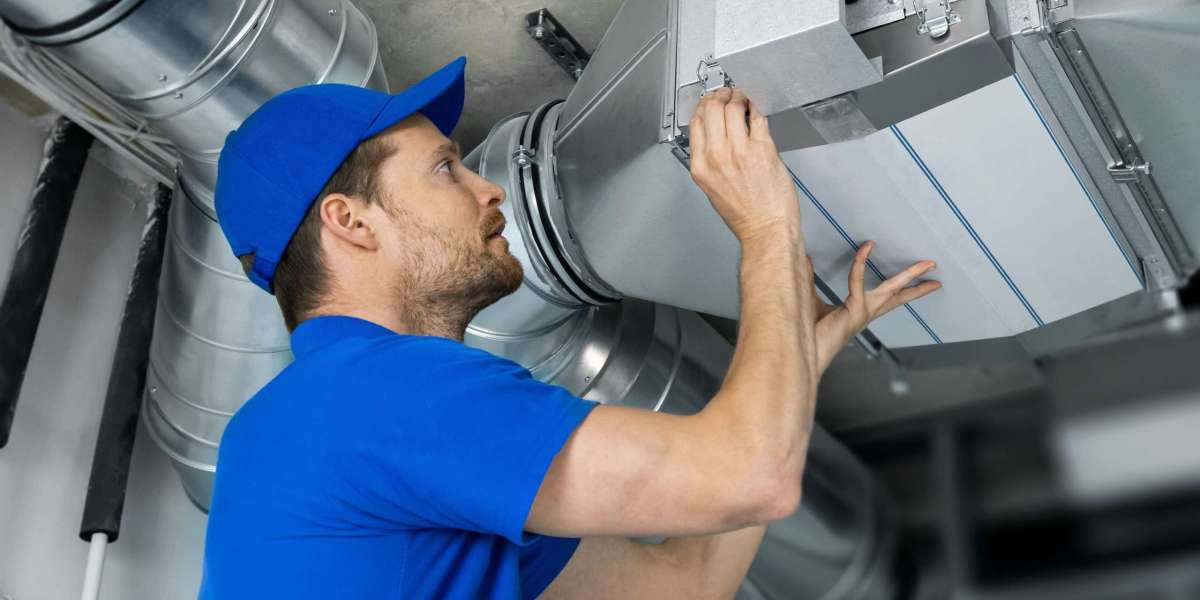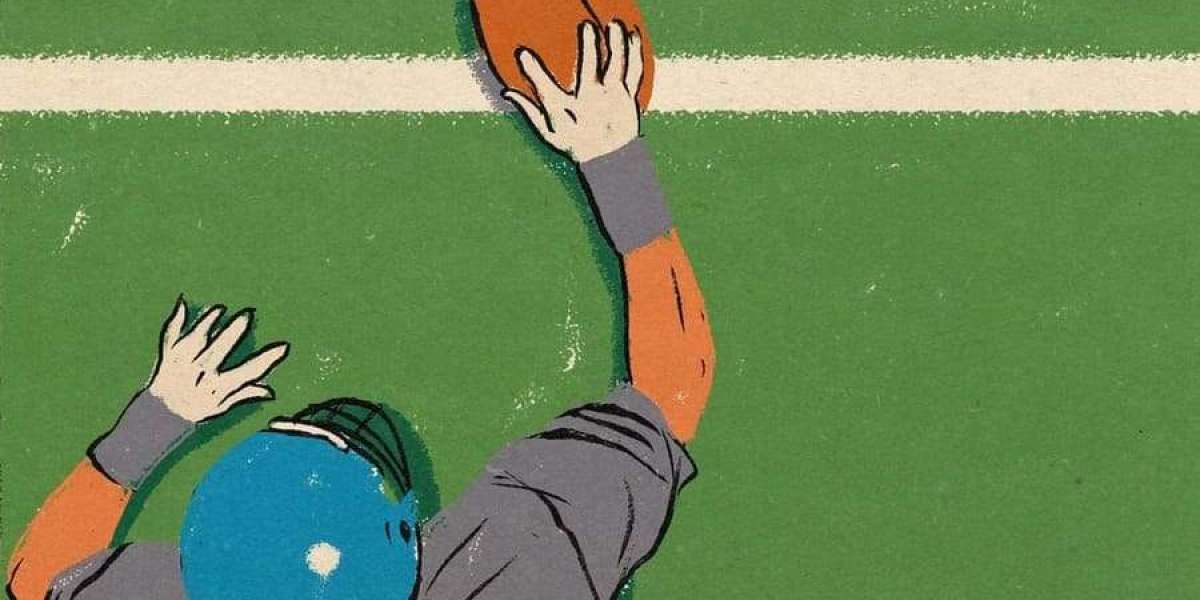When it comes to the installation of cable railing systems, the cost per foot can vary significantly depending on a variety of factors. Understanding these factors is crucial for businesses and individuals looking to invest in cable railings for different industries. In this article, we will explore the key elements that influence the cost per foot for cable railings, providing valuable insights for decision-making.
Material Quality and Type
The type and quality of materials used in cable railing systems play a significant role in determining the cost per foot. Stainless steel cable railings, for example, are known for their durability and sleek appearance, but they tend to be more expensive compared to other materials such as aluminum. The choice of material can also impact maintenance costs and longevity, making it an important factor to consider when evaluating the overall cost of the system.
Design Complexity and Customization
Customization and design complexity can also influence the cost per foot for cable railings. Intricate designs, curved installations, and unique architectural requirements may require additional labor and materials, resulting in a higher overall cost. On the other hand, standard, off-the-shelf railing systems may offer a more cost-effective solution for industries with simpler design needs. Understanding the balance between design aesthetics and cost is essential for achieving the desired outcome within budget constraints.
Regulatory Compliance and Safety Standards
Compliance with industry-specific regulations and safety standards is non-negotiable when it comes to cable railing systems. Factors such as load-bearing capacity, height requirements, and material specifications can impact the overall cost of the system. Industries with stringent safety regulations, such as commercial buildings and public infrastructure, may need to invest in higher-cost railing solutions to meet compliance standards. Failure to adhere to these standards can result in costly penalties and safety hazards, making it imperative to prioritize regulatory compliance in cost considerations.
Installation Location and Accessibility
The location and accessibility of the installation site can also affect the cost per foot for cable railings. Projects in remote or challenging environments may require additional logistical planning, equipment, and labor, leading to increased overall costs. Accessibility to the installation site, such as high-rise buildings or waterfront properties, can also impact the complexity of the installation process, influencing the final cost. Understanding the logistical and site-specific challenges is essential for accurate cost estimation and project planning.
In conclusion, the cost per foot for cable railing systems is influenced by a multitude of factors, ranging from material quality and design complexity to regulatory compliance and installation logistics. By carefully evaluating these factors, industries can make informed decisions that align with their budgetary constraints and project requirements. As the demand for cable railing systems continues to grow across various industries, understanding the nuances of cost determination is essential for successful project outcomes.







